Henderson Island, a tiny remote island in the far flung reaches of the South Pacific Ocean, should bear no trace of human civilization. Instead, the tropical island is covered by a staggering 38 million pieces of plastic trash. Marine debris is mostly made up of plastic, from waterproof sheets to plastic bottles to miniscule micro-plastics found in cosmetic products. Buoyant and durable, plastic is dispersed over vast distances and is found in the most impenetrable corners of the ocean: even the Marianna Trench is not free from plastic pollution.
Between 9-12 million tonnes of plastic enters the ocean each year, and with populations growing in size and prosperity, plastic consumption will only increase, leading scientists to estimate that by 2050 there will be more plastic than fish in the oceans. Once plastic is dumped in the ocean as a result of ineffective waste management, littering or because of storm water runoff, it is borne by ocean currents, landing on beaches, or joining vast floating garbage patches that are trapped by currents.
Plastic debris is fast becoming the greatest threat that oceans face. Marine wildlife are severely affected as they ingest plastic, or get strangled by it. Often mistaking plastic bags for jellyfish, studies estimate that 50% of sea turtles have eaten plastic, which blocks their gut. Strangulation by fishing lines and plastic packaging is also a common cause of death for marine animals. As plastic is not biodegradable, it persists in marine environments for centuries, fragmenting into smaller pieces that accumulate on the sea floor, blocking the exchange of gases and impairing ecosystems, or which travel through the food chain, ultimately ending up in seafood destined for human consumption.
Sri Lanka has a densely populated coastline with 14.6 million people residing in coastal areas. This coupled with an ineffective waste management system mean that waste is often dumped into oceans, either from canals, by local councils or frustrated seaside residents taking matters to their own hands.
Sri Lanka’s tourism, which is a massive earner of foreign revenue, is largely dependent on coastal tourism and the images of pristine golden beaches have long since been a draw. Pollution destroys the recreational value of beaches and the affect can already be seen in popular tourist beaches such as Mount Lavinia and Negombo. Marine ecosystems are also a source of tourist revenue as activities such as scuba diving, whale and dolphin watching and snorkeling are growing in potential. Biodiversity loss and habitat degradation caused by plastic pollution will affect these ventures which generate revenue and employment; the Bar Reef Marine Protected Area has provided employment for over 15000 people in the neighbouring areas.
Any solution to tackle marine debris needs to intervene at different phases, from encouraging people to reduce their usage of single use plastics, to encouraging waste segregation and recycling to even direct and immediate attention through beach clean ups. While solid waste management has been in the spotlight we cannot ignore marine pollution merely because it is sometimes out of sight and thus out of mind. It is vital that we do not pollute our oceans by choking them with plastic that will survive for centuries as our legacy.



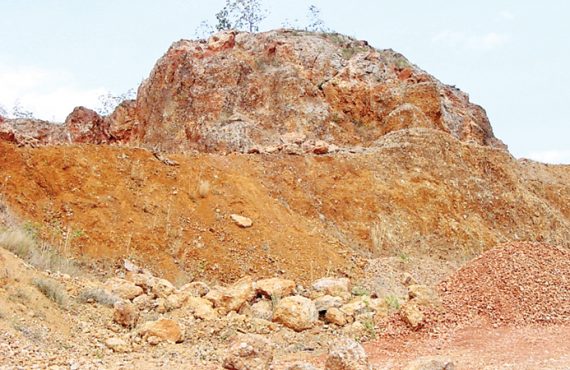
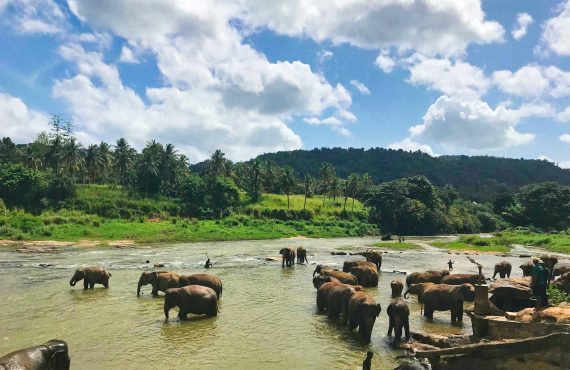





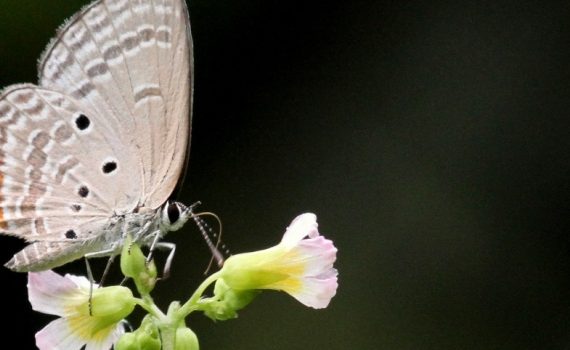
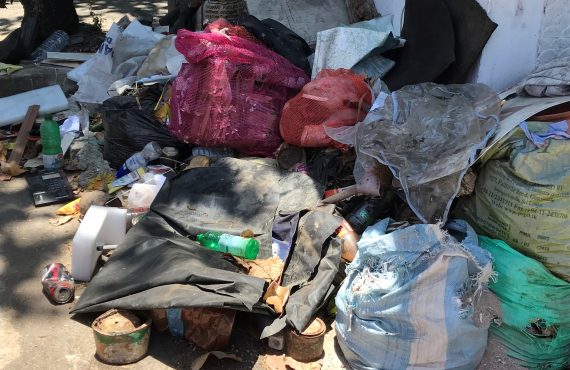

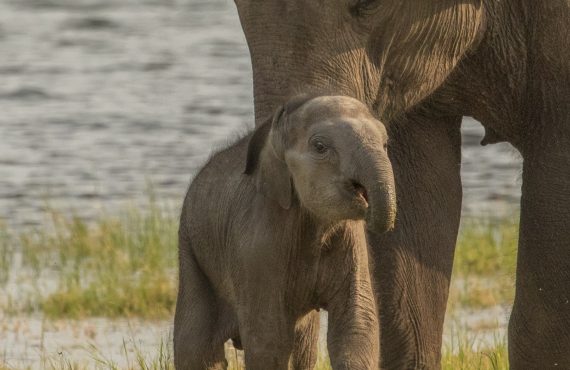


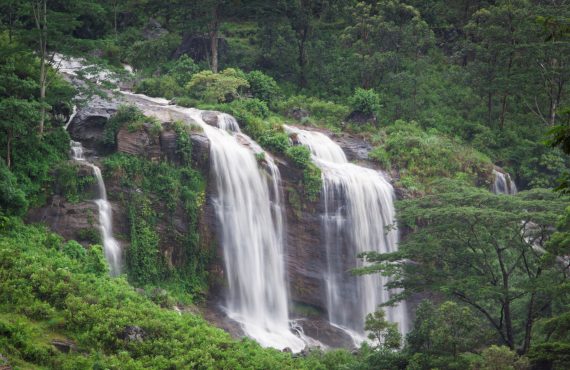

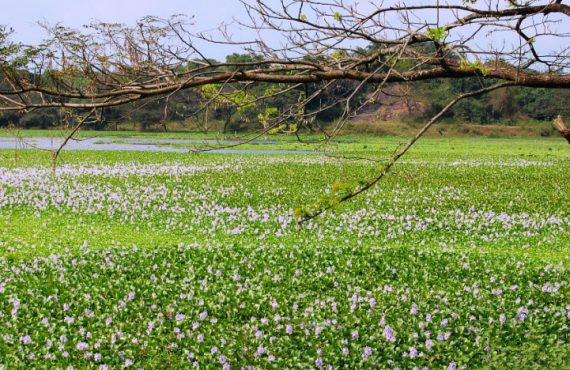
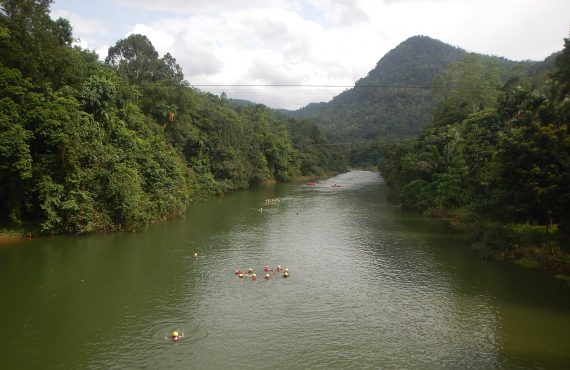




I would like to thank you for the efforts you have put in writing this
site. I’m hoping to check out the same high-grade content from
you in the future as well. In truth, your creative writing abilities has encouraged me to get my own, personal site now 😉